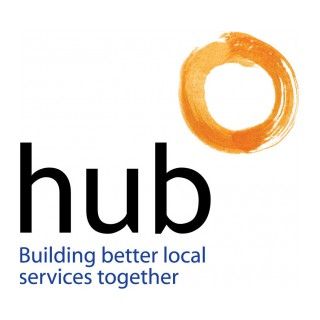A Common Data Environment (CDE) is the backbone of BIM Level 1 [and Level 2] maturity. Essentially this is a collaborative and digital environment that the whole team can access.
The British Standard Institute (BSI) describes the Common data environment (CDE) as:
"Single source of information for any given project, used to collect, manage and disseminate all relevant approved project documents for multi-disciplinary teams in a managed process”
Within a BIM Level 1 environment it is essential that a CDE approach be adopted to allow information to be shared between all members of the project team using an appropriate technology such as a project extranet or electronic document management system. This is essentially a digital place in which all project information comes together (not simply CAD files and 3D models but also schedules and specifications). The CDE should be the foundation from which project teams facilitate, manage and disseminate data and project information between multi-disciplined teams in a managed process throughout the project lifecycle. With vast amounts of digital data being created [even in a Level 1 environment] and shared during a project’s lifecycle the CDE becomes an ideal environment in which to promote a collaborative working culture. Combining a collaborative process with enabling technology tools, the CDE brings about the opportunity to work from the most recent information or single source of truth, delivering production information right the first time. Refer to CDE Information Video for further information. Additionally, a suitable information hierarchy should be agreed that supports the concepts of the CDE and the document repository.
The CDE environment versus a traditional environment is conceptualised below.
It is important that the employer determines an appropriate CDE strategy as early as possible in their programme especially to manage their own work in progress through the business case and briefing stages. It is also important that the client establishes where they will store the information during the operational stage.
BS 1192:2007 notes that the establishment and effective management of the CDE is key to this standard. The standard advocates a standard folder structure to define:
• Work in Progress [WIP]: used to hold unapproved information
• Shared: used to hold information which has been approved for sharing with other organizations to use as a reference in design development.
• Published: used to holds published information for use by the entire project team.
• Archive: used to store all progress as each project milestone is met.
These four stages of the CDE and how information flows between the stages are illustrated below in figure 1 from the BS:

Processing of work through the CDE involves passing data and information between each of the four phases with emphasis on processes related to:
• Checking
• Approving
• Authorizing and accepting
It is especially important that client authorising and accepting gateway workflows be established. In most cases the client, other than where there is sensitive data being managed will leave the Work in Progress to the various disciples such as architect, structural engineer, services consultant etc where they will likely have their own technology solutions and embedded workflows. It is important that the project EIR established that each organization is responsible for managing their own WIP consistent with the principles of BS 1192:2007 and that they shall provide details of their proposed CDE environment for the WIP stage within their BIM Level 1 Execution Plan.
With regards Shared and Published environments it is important that explicit detail be provided in the EIR [Note: SFT recommend that a light EIR is still used in a BIM Level 1 environment] however this will normally be provided by the lead designer or main contractor. In some cases, the Lead-Designer will provide until a Main Contractor is on-boarded.
It is also important that the client have their own shared area within these environments to review progress and manage the approval process and other workflows.
The client should also ensure that the CDE provider is contractually committed to the project CDE security requirements especially:
• Physical location and legal jurisdiction of where data is stored, managed and processed;
• Data centre security;
• Resilience and back-up methodology; and
• Early testing of the CDE to demonstrate compliance.
Suppliers should also be able to demonstrate within their BEP how they will, on project completion, securely archive information within their WIP / Shared CDE and or destroy any sensitive information.





